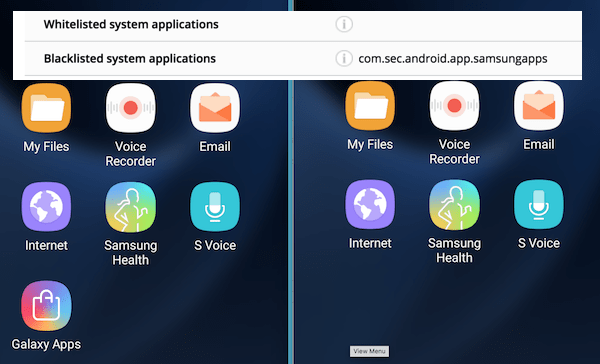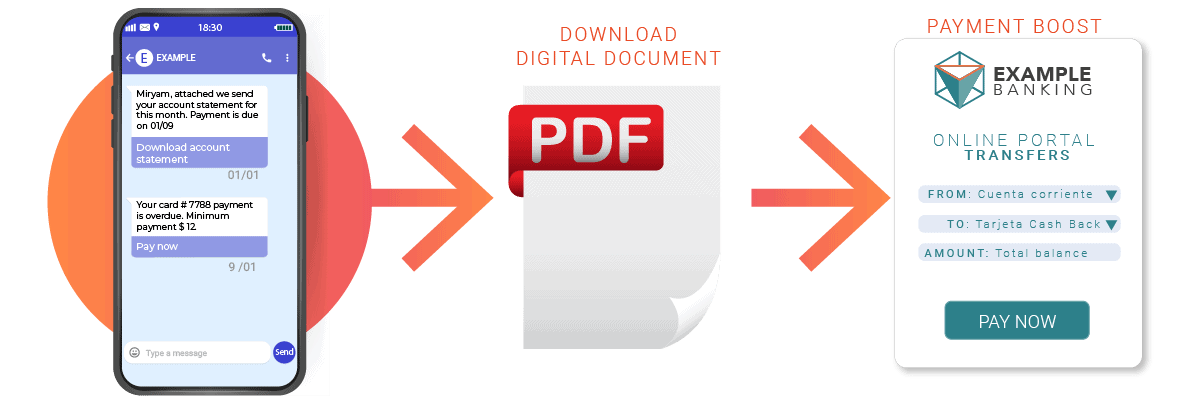Great Suggestions For Selecting Credit Card Apps
Wiki Article
What Constitutes Suspicious Behavior And What Can Lead To The Blacklisting Of Credit Cards?
A variety of actions or behaviors could be suspicious and cause your credit card to be flagged or blocked. A few examples include: Strange patterns of spending
The suspicion may be caused by purchases of large amounts or sudden increase in expenditure compared to cardholder's usual behaviour.
Unrecognized transactions
Fraud can be detected by any suspicious or unauthorised transactions that are reflected on the statement. The cardholder did not authorize or initiate.
Multiple declined transactions
Many unsuccessful or declined transactions in a short period of time can indicate an issue, particularly when the history of transactions for the cardholder is generally positive.
Geographic Anomalies-
Transactions made in locations far removed from the cardholder’s usual places of spending or transactions occurring from different geographic locations over a short time frame can cause suspicion.
Purchase types that aren't normal
Purchases that are unusual, particularly for high-value items that are not compatible with the cardholder's spending habits are deemed suspicious.
Uncommon Online Behavior
Unusual online behavior, including multiple failed logins, a change in account details, or unusual login attempts, could indicate an unauthorised intrusion.
Unusual Card Use
If a card's usual use pattern is disrupted, it could be considered suspicious. For example, when an account that is local is used to make international transactions.
Sudden Cash Advances & Transfers
Cardholders may receive alerts if they make large cash transfers or advances which aren't in their normal spending routines.
Frequent Card Transactions Not Present-
The unusually high volume of transactions (online, over the telephone or in any other way) involving cards that are not held with prior experience could raise suspicion.
Issues with Identity Verification
The difficulty of verifying a cardholder's identity during transactions, especially in cases when additional verification is required can lead to suspicion.
The issuer of the card may look into these actions and may stop the card temporarily until they are able to verify the authenticity of the cardholder, or the validity of the transaction.

What Can I Do If My Card Is Listed As A Blacklist Of Credit Cards?
If you suspect that your credit card may be placed on a blacklist, or if you suspect that there's been fraud associated with your credit card, follow the steps below: Contact Your Credit Card Issuer immediately.
Contact the customer support number that appears on the reverse of your credit card. Go to the site of the issuer for a hotline that is exclusive to report fraudulent transactions.
Tell the card issuer of your concerns, including that you suspect fraudulent activity or that your credit card may be compromised.
Report Suspicious Activity-
Please explain any unusual or illegal transactions you've observed on your credit card statement.
Provide specific details about the transaction in question. Please include dates, amounts and, if applicable, merchant names.
Request Card Blocking or Replacement-
Request that the credit card issuer temporarily block the card to prevent further unauthorized transactions.
Find out the procedure for replacing the card with a brand new one that will allow you access to credit.
Review Your Account and Charges for Disputes
Examine your recent statements and transactions for any suspicious transactions that you might not have noticed in the beginning.
If you find unauthorized charges, notify the card issuer and request for an investigation.
Keep track of your credit score.
Be sure to follow up on your concerns with the credit card company that issued your credit card.
Make sure to check your credit card's account often for unusual or unusual change.
You might want to consider putting up a Fraud Alert or Security Freeze-
Based on the severity of the incident the situation, you may choose to place an alert or freeze on fraud on your credit report to safeguard yourself against identity theft or other fraudulent attempts.
Notify Authorities When Required
Reporting identity theft to the Federal Trade Commission or filing complaints with your local law enforcement authorities is advised if you suspect a significant fraud.
It is important to act swiftly to avoid any more fraudulent transactions from happening and minimize the potential loss. Reporting suspicious transactions and working closely with your card issuer will help minimize the impact on the possibility of fraud or misuse.

Cybersecurity Experts Are Able To Monitor And Detect Cyber-Threats, Such As Those Involving Compromised Credit Card Information.
Security experts employ a variety of strategies, tools, or techniques to identify, monitor and spot cyber threats. This includes the compromised information on credit cards. Some of these methods and techniques include: Threat Intelligence Gathering
To keep up-to-date with the latest threats and vulnerabilities, it's important to get data from a variety of sources. These include forums, threat feeds and tools for monitoring the dark web, and security advisory services.
Monitoring of Networks and Intrusion Detection
Check the traffic on your network using specific tools or software. Detect anomalies or suspicious behaviors that could indicate unauthorized entry or data breach.
Assessment of vulnerability and Penetration Testing
Conducting regular assessments to identify weaknesses in applications, systems, or networks. Penetration Testing is the process of simulating attacks to find weaknesses and evaluate your company's cybersecurity capabilities.
Security Information and Event Management System (SIEM),
Implementing SIEMs that analyze and consolidate log information (from firewalls or servers, applications, and firewalls) in order to detect the source of security issues, track them, and respond immediately to security incidents.
Behavioral Analytics
The application of behavioral analysis in order to spot any unusual patterns, deviations or deviations from typical user behaviours in systems or networks that may signal a potential security breach.
Threat HuntingThreat Hunting
Monitoring for suspicious activity within an organization’s network by analyzing logs, traffic and system data. This could help identify security threats that aren't detected by traditional security techniques.
Endpoint Security Solutions
Implementing endpoint security solutions (such as anti-malware, antivirus as well as endpoint detection and response tools) to protect individual devices and endpoints from malicious activities.
Encryption and Data Protection-
To decrease the chance of data breach, use encryption techniques for sensitive data like credit card numbers both in transit and while at rest.
Forensics and Incident Response
To be able to respond swiftly to security breaches it is crucial to establish and implement plans for responding to incidents. Conducting forensic analyses to analyze security breaches and determine their impact and cause.
Cybersecurity professionals combine these approaches together with a thorough understanding of cyber threats and compliance requirements, as well as best practices, to proactively detect and reduce cyber-related threats. This includes incidents involving compromised card information. Cyber-attacks can be mitigated with a combination monitoring, information on threats as well as proactive security. Read the best savastan0 carding for website advice.
![]()